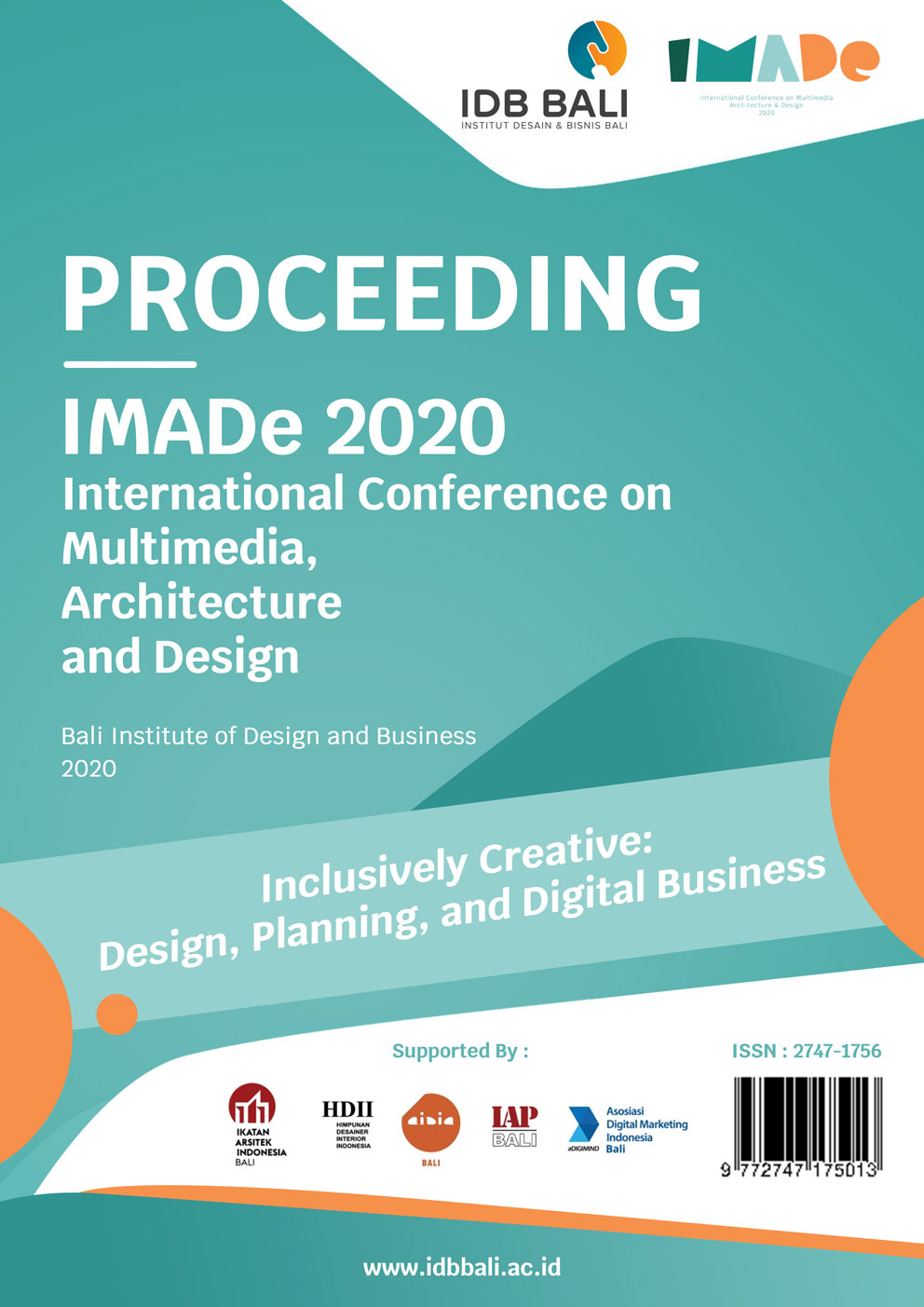DESIGN EXPLORATION INSPIRED BY The 1925 ART DECO STYLE WITH MORPHOLOGICAL CHART
Abstract
The paper examines how the morphological chart derived from the engineering method is used in the creative design process. The chart method facilitates both diverging and logical thinking. Young designers who are still learning can benefit from this method because it offers a wide range of design exploration options. History has inspired many designers to design a lot of new things. Art Deco is a movement of design and decorative arts that began in Paris in 1925 and then developed internationally. An eclectic design style inspired by Egypt, Africa, Tribal Art, Cubism, Constructivism, and Futurism. The eclectic inspiration represented the advancement of transport technology at that time. At that time, cross-continental travel was booming. In the study, the art deco design elements were analyzed and combined with the student's personal preference design elements within the morphological charts. The study produces five new product designs, a multifunctional table that looks new but still reflects the spirit of art deco and student design. The study recommends that when using the morphological chart as an idea generation tool, three key variables are variation, unity, and abstraction. A good balance of ideas will be produced by balancing the three variables.
References
Bloch, P. H. (1995). Seeking the ideal form: Product design and consumer response. Journal of marketing, 59(3), 16-29.
Hauffe, Thomas. Design: An Illustrated Historical Overview. Editions Barron's, 1996.
Miller, J. (2005). Art deco. Penguin.
Miller, J. (2005). Furniture: world styles from classical to contemporary. Penguin.
Miller, J. (2016). Art Deco: Living with Art Deco Style. Miller's, a division of Mitchell Beazley.
"Vivienne Westwood (lahir 1941) dan Postmodern Legacy of Punk Style | Esai | Museum Seni Metropolitan | Heilbrunn Timeline Sejarah Seni," n.d
Copyright (c) 2020 Devanny Gumulya, Narima Safira

This work is licensed under a Creative Commons Attribution-NonCommercial-ShareAlike 4.0 International License.
 Abstract dilihat 679 kali
Abstract dilihat 679 kali
 FULL TEXT diunduh 401 kali
FULL TEXT diunduh 401 kali



